Blood-sucking animals are animals that feed on the blood of other organisms. These animals usually pierce the host's skin through their mouthparts or other special organs, and then suck out the host's blood. Blood-sucking animals are diverse, including insects such as mosquitoes, fleas, lice, and ticks, as well as other groups of animals such as bats, vampire moths, and vampire fish. Blood-sucking animals sometimes transmit diseases and therefore have important implications for the health of humans and other animals. This article counts more than ten of the world's most representative blood-sucking animals, including mosquitoes, kissing bugs, ticks, fleas, bed bugs, vampire moths, leeches, lampreys, toothpick fish, and vampire finches. Let's take a look!
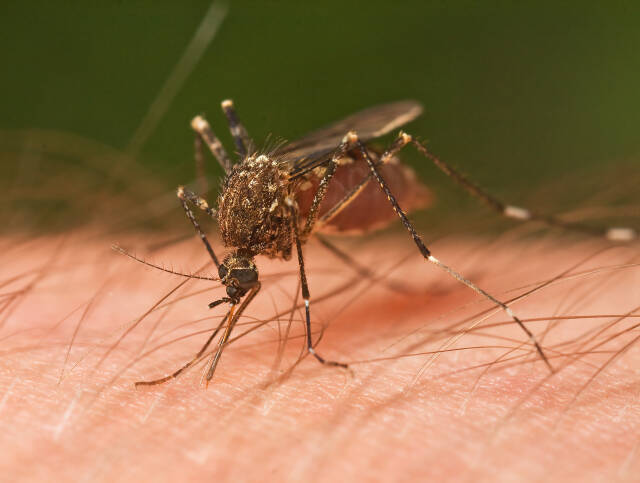
1. Mosquitoes
Mosquitoes are common blood-sucking animals. Male mosquitoes do not suck blood. Only female mosquitoes need to suck blood after mating so that their eggs can mature. When female mosquitoes suck blood, they inject a saliva containing blood-vasodilator and anti-coagulant components, which makes it easier for them to suck blood. A female mosquito can lay one egg after one full meal of blood, and they can lay six to eight eggs in their lifetime, with about 200-300 eggs each time.
However, mosquitoes are also potential disease vectors. Japanese encephalitis is a disease spread by mosquitoes. Culex and Aedes are considered to be among the most transmissible mosquito species, capable of transmitting viruses from one infected person to another. Therefore, preventing mosquito bites is important to prevent the spread of disease.
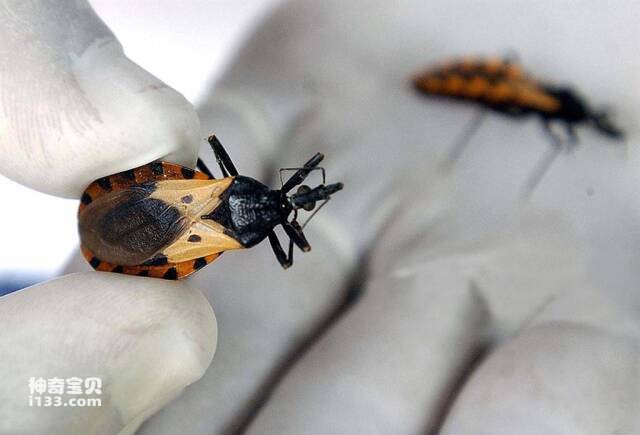
2. Kissing Bug
The kissing bug is one of the most terrifying "murderers" in the world, but its name sounds very romantic. In fact, it is the spreader of Chakos disease, formerly known as the South American triatomine bug, so named because it sucks blood from the lips of the human body. Kissing bugs not only suck blood but also pass feces at the bite site. The parasites in these feces can enter the human bloodstream, multiply and eventually lead to heart failure and death.
According to statistics from the U.S. Centers for Disease Control and Prevention, 8-11 million people worldwide have been infected with Chakos disease caused by kissing bugs, and up to 186 million people are still at risk of infection! Therefore, it is very important to prevent the spread of the virus, especially in South America, and to take appropriate protective measures to protect yourself.
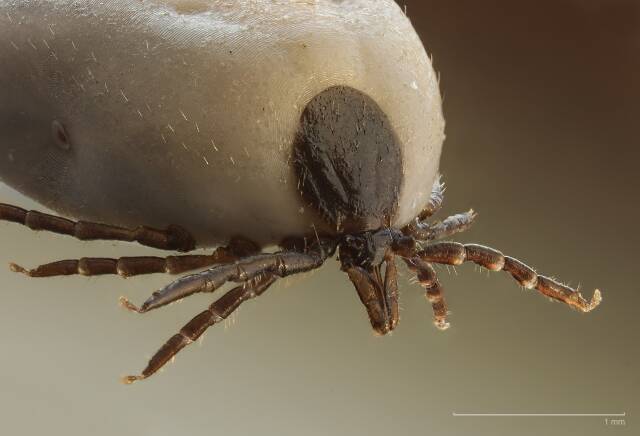
3. Tick
Tick is an insect commonly known as cattle tick or dog bean. Its larvae, nymphs and adults are all blood-feeding. They can parasitize many terrestrial mammals, birds, reptiles and amphibians, and some species can even attack humans. Hard ticks mainly attack their hosts during the day and take a long blood meal, which usually takes several days; while soft ticks prefer to be active at night and take a relatively short blood meal, taking only a few minutes to an hour.
The amount of blood sucked by ticks is very astonishing. They can suck a large amount of blood at each stage of development and expand their size several times or even dozens of times. When they are not sucking blood, they are very small, about the size of a mung bean or as thin as a grain of rice; but once they are full of blood, they become plump, and some can even reach the size of a fingernail. Therefore, it is very important to prevent tick bites, especially when doing outdoor activities or interacting with pets. You should take appropriate protective measures to protect yourself and your family from ticks.
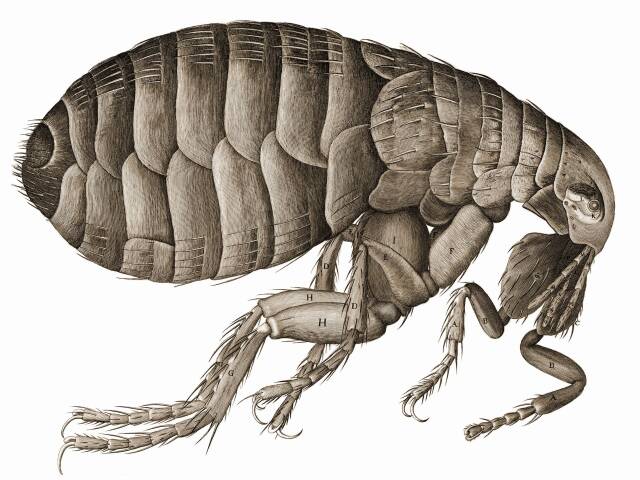
4. Fleas
Fleas are a well-known parasite whose adults can live without eating anything for up to 12 months and use blood to obtain nutrients. This insect mainly parasitizes mammals and birds, such as humans, cats and dogs. Fleas have piercing-sucking mouthparts, so both male and female fleas can suck blood. Flea larvae have no legs, are cylindrical in shape, and live freely. They have chewing mouthparts and feed on the bloody feces or organic matter of adult worms. While sucking blood and parasitizing, fleas also mate and lay eggs, laying the foundation for the next generation of reproduction.
Preventing flea bites is very important, especially for people with household pets. Corresponding preventive measures should be taken, such as bathing pets, cleaning houses and beds regularly, etc., to avoid flea parasitism and reproduction.
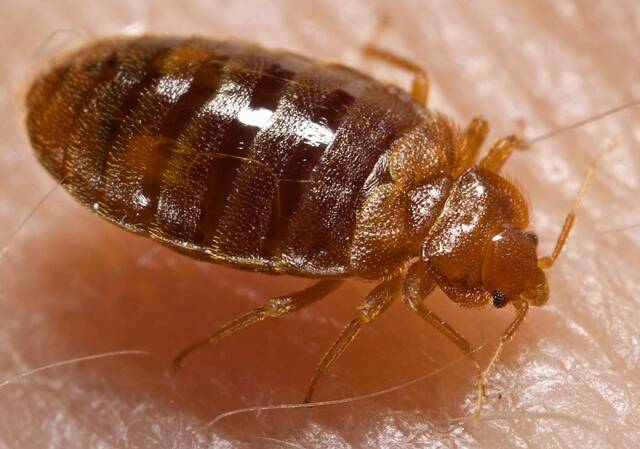
5. Bedbugs
Bed bugs, also known as bed bugs, are a common parasite found all over the world. This insect mainly sucks the blood of people and warm-blooded animals and is active at night, causing great inconvenience to people. Bed bug bites can cause anemia, insomnia, neurasthenia and other adverse reactions. When bed bugs bite, they inject saliva into the body, releasing an irritating substance that dilates blood vessels. This causes petechiae or itchy wheals, often in the form of rows, which can cause localization in people with sensitive skin. Redness, swelling, and unbearable itching occur.
In Africa, bed bugs have been reported to cause anemia, heart disease, colds and other diseases because they suck a lot of blood. Therefore, preventing bed bug bites is very important. Measures such as paying attention to hygiene, regularly cleaning beds and furniture, and keeping the house ventilated should be taken to reduce the breeding and reproduction of bed bugs.
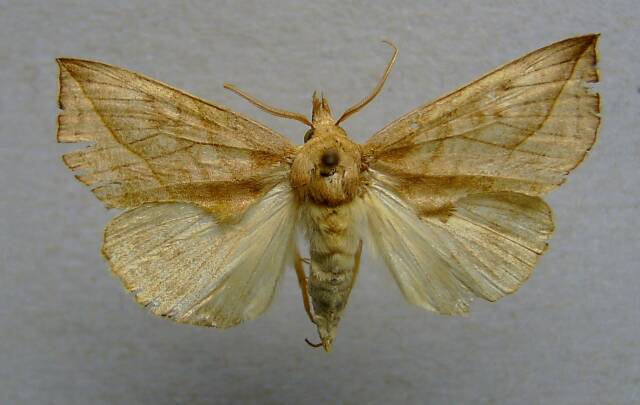
6. Vampire moth
Vampire moths are different from other moths in that they have a special mouthpart that can pierce the skin of their prey and suck the blood. According to zoologists, this may be due to their ancestors' habit of sucking juice. Unlike mosquitoes, males of vampire moths also suck blood, while females prefer to suck plant sap. These flying insects like to suck liquids containing inorganic salts, such as salt water, sweat, urine and fecal leachates. However, vampire moths prefer to feed on the blood of animals and will actively attack their prey, bite the skin and suck the blood.
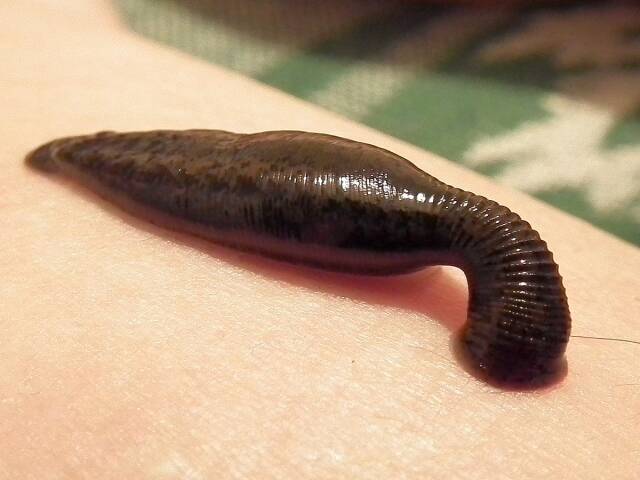
7. Leeches
Leeches refer to what is commonly known as leeches. They mainly live in rice fields, ditches, shallow water, dirty ponds, etc. Although they are omnivores, they mainly feed on human or animal blood and are very agile and capable of swimming in waves. Although leeches suck blood and are aggressive to humans, they also have extremely high medicinal value. The dried products of leeches can be brewed and used as medicine. Traditional Chinese medicine believes that it has the effect of treating stroke, high blood pressure, clearing blood stasis, amenorrhea, bruises, etc. In recent years, studies have found that leech preparations have special effects in preventing and treating cardiovascular and cerebrovascular diseases and anti-cancer. Therefore, leech is not only a powerful organism in nature, but also an important traditional Chinese medicine.
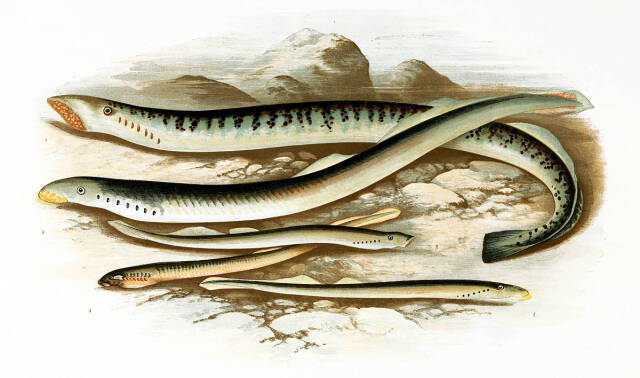
8. Lamprey
The lamprey has an extremely ugly appearance and is one of the most primitive types of fish-like animals. Its mouth is cylindrical and has no upper and lower jaws. There are sharp teeth in the mouth, which look like a small electric circular saw. Lampreys usually attach their mouths to the bodies of other fish, then use their teeth to break the fish's body, sucking its blood and flesh, leaving only a skeleton of the sucked fish. It is worth mentioning that lampreys have existed on the earth for 360 million years, which is older than the dinosaurs and one of the oldest creatures on the earth. This also makes people amazed by their vitality and adaptability.
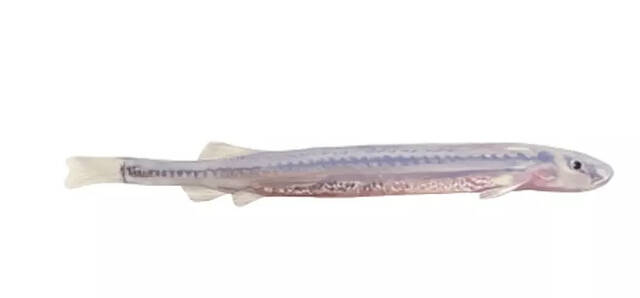
9. Toothpick fish
The toothpick fish is one of the smallest vertebrates in the world, with its body length usually less than 10 centimeters. Due to its slender and transparent body, it is difficult to detect in the water. They mainly rely on parasitism to live, usually burrowing into the gills of large fish, hooking them with spines and sucking the fish's blood, so they are also called "vampire fish". Swimming and urinating in rivers where toothpick fish live is a taboo for pedestrians, because toothpick fish are extremely sensitive to body fluids. Once they sense it, they will quickly burrow into the human body along the flow, suck blood, and even eat human tissue. . Toothpick fish will not emerge from the human body unless surgery is performed. Therefore, people must remain highly vigilant against toothpick fish.
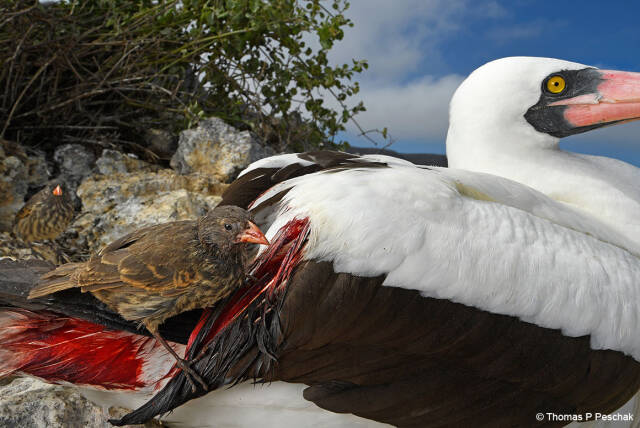
10. Vampire
The Vampire is a blood-sucking bird, which may be the first time for many people to hear about it. This small bird belongs to the finch family and is found only in the Galapagos Islands in Ecuador. Initially, vampire finches developed a symbiotic relationship with other seabirds on the Galapagos Islands. They help other seabirds find parasites on their bodies and use them as food for themselves. However, this bird with its sharp beak will inevitably cause the target to bleed in the process of hunting for parasites. Gradually, the vampire finches discovered that blood was more delicious than bugs, so they eventually evolved the habit of sucking blood. Although this behavior may sound bizarre, in nature, animals have always developed ways to adapt to their environment and survive.
The ranking of the top ten blood-sucking animals in the world is mainly based on the survival methods of different types of animals whether they suck blood or not. The ranking is for reference only. If you have any questions, please leave a comment at the end.
animal tags: Mosquitoes icks fleas leeches lampreys
We created this article in conjunction with AI technology, then made sure it was fact-checked and edited by a Animals Top editor.